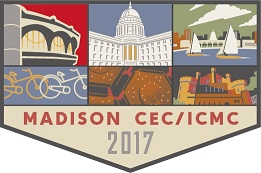Speaker
Description
It is envisioned that High Temperature Superconducting (HTS) power cables could replace conventional cables in applications where space and weight are the limiting design factors. In situations where significantly higher power densities (both volumetric and gravimetric) are required and variable power ratings are preferred, it is necessary to operate HTS cables at temperatures lower than the LN2 range. Gaseous helium (GHe) circulation has been demonstrated as a viable option for cooling HTS power cables. GHe has a lower dielectric strength compared to LN2 and low partial discharge inception voltages have been noticed due to the helium gas trapped in the butt gaps of the insulation layers. Recent efforts on enhancing the dielectric strength of GHe by the addition of small mole fraction of hydrogen (H2) have shown that this mixture can double the dielectric strength of pure GHe.
To exploit this phenomena and to avoid the limitations posed by the traditional insulation designs, a new and novel cable design has been proposed where the helium-hydrogen gas mixture acts as both the coolant and insulation medium. Proof of concept experiments demonstrated that the new cable design allows higher operating voltages than what is currently possible as well as have other potential benefits. In terms of dielectric design, this idea is similar to SF6 gas insulated transmission lines (GIL) which operate at room temperature and hence we decided to name it “superconducting gas-insulated transmission line (S-GIL)”. This study extends our previous research and focuses on the optimization of the cable design. Experimental results on the dielectric rating for the different design parameter selected for the gas insulated HTS power cables will be presented. Details of the challenges encountered and innovative solutions devised for the S-GIL design will also be presented.
This work is funded by the Office of Naval Research.
